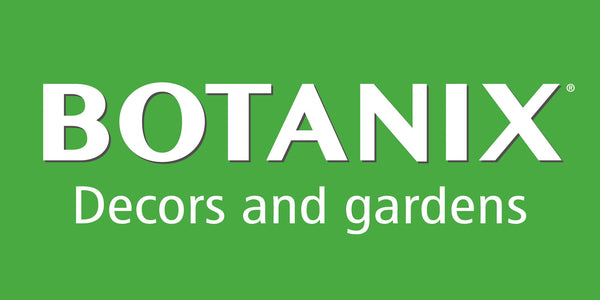Cymbopogon citratus
Cymbopogon citratus – Lemongrass
Cymbopogon citratus – Lemongrass
Exposure
- Full Sun
Rusticity
- Potent lemony fragrance
- Versatile culinary herb
- Natural insect repellent
- Easy to grow
- Fast growing
Invite an intoxicating fragrance and an exotic touch into your garden or onto your balcony with Cymbopogon citratus, better known as Lemongrass! This spectacular aromatic herb, with its long, slender leaves and refreshing lemony scent, is a must-have for Asian cuisine and an excellent natural insect repellent. Easy to grow, it will transform your space into a haven of flavours and freshness.
Characteristics
- Foliage: Long, thin, strap-like leaves, light green to bluish-green, forming dense clumps. They release a powerful lemon scent when bruised or cut. Foliage is evergreen in tropical climates, but acts as an annual or goes dormant in cooler climates.
- Flowering: Rarely observed in cultivation in our climates. Produces tall flower stalks with small, greenish-white flowers. The main interest of the plant lies in its aromatic foliage.
- Light Requirements: Needs full sun (6+ hours per day) for optimal growth and aroma production. Insufficient exposure can lead to weaker growth and less intense fragrance.
- Habit: Forms a dense, upright clump of leaves, with a slightly bulbous base, resembling an ornamental grass.
- Growth: Fast growth. In a single season, it can reach 90 to 150 cm (3 to 5 feet) in height and spread under ideal conditions.
- Humidity: Prefers consistently moist but well-drained soil. Tolerates short dry periods once established.
- Soil: Adapts to rich, fertile, and well-drained soil. For container growing, use a high-quality potting mix.
- Temperature: Tropical plant, absolutely intolerant to frost. Growth slows below 10 °C (50 °F) and the plant perishes with frost. Ideal temperatures are between 20 °C and 35 °C (68 °F and 95 °F).
- Watering: Keep soil uniformly moist, especially during hot and dry periods. Do not allow the soil to dry out completely.
- Resistances: Generally resistant to diseases and most pests. Its fragrance acts as a natural repellent.
Usage
- Types of Use: A must-have in cooking (soups, curries, teas, infusions). Can be grown in pots or containers on patios and balconies. Ideal for an herb garden, in mass plantings for its ornamental grass-like appearance, or as an aromatic barrier against insects in lounging areas.
- Decorative Benefits: Its slender fronds and graceful habit bring an airy texture and exotic look to any design. Its refreshing lemony scent perfumes the air, particularly pleasant on summer evenings.
Maintenance
- Fertilization: Monthly fertilization with a balanced fertilizer during active growth (spring-summer) promotes abundant leaf production.
- Pruning: Harvest outer stalks at the base as needed for cooking. In early spring, you can prune dry or damaged stalks to rejuvenate the plant.
- Planting:
- Spacing: Approximately 90 cm (3 feet) between plants if grown in the ground or in large containers to allow for full development.
- Depth: Plant at the same depth as it was in its original container.
- Period: Plant or move outdoors after all risk of frost in spring, when nighttime temperatures are consistently above 10 °C (50 °F).
Plant details
Dimensions
Dimensions
Characteristics
Characteristics
Habit:
- Bushy
Flowering colours:
Plant needs
Plant needs
Watering:
- Tolerates moist soil
Maintenance:
- Easy
- Fertilize regularly
- Bring indoors in fall
Soil requirement:
Features
Features
Resistance:
Attract:
Use:
- Patio pot
- In-ground
- Mass Planting
- Herb garden
Attribute:
- Edible
- Fragrant
- Fast Growing
- Repellent
- Non-Toxic to Cats
- Non-Toxic to Dogs
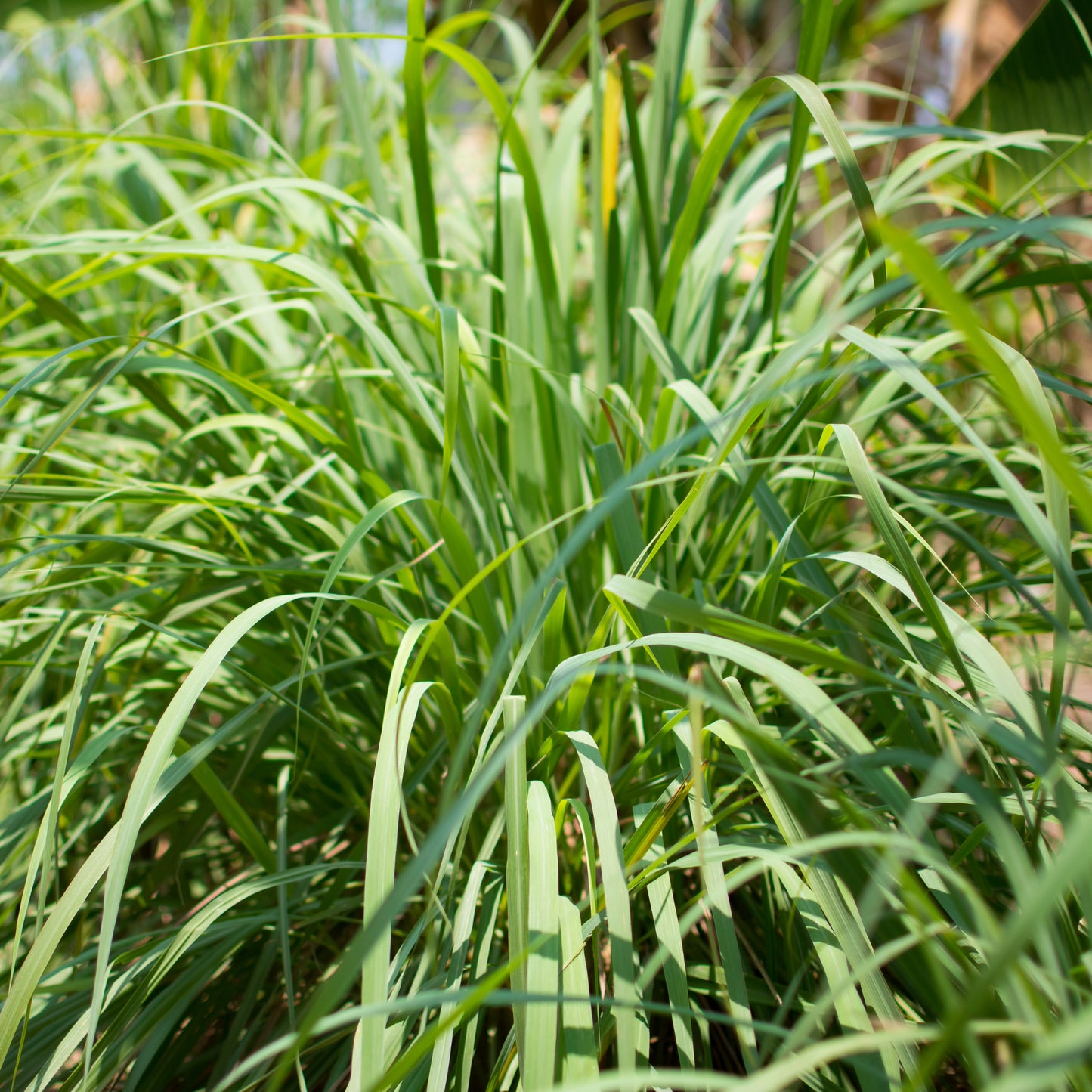
Related articles
-
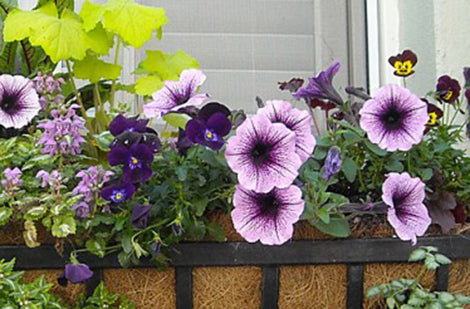
Annuals - dear to homeowners’ hearts
Read the articleUn coussin de fleurs qui retombe en cascade du bord de la fenêtre attire toujours le regard. Quelques pots et jardinières débordants de fleurs forment instantanément un jardin sur la...
-
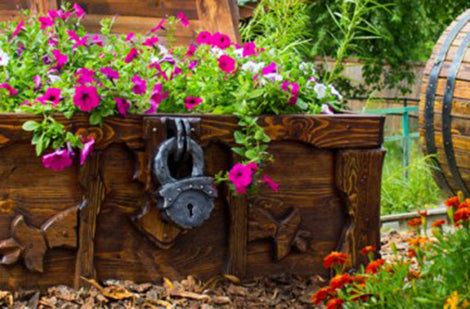
Laying-out your annuals
Read the articleComme les annuelles sont souvent en fleur au moment de l’achat, il est facile de faire des essais sur place. Distribuez les rôles afin d’obtenir un ensemble harmonieux. Quelques plantes...
-

Annuals - dear to homeowners’ hearts
Read the articleQue ce soit sur le balcon de votre appartement ou sur la terrasse, ou encore aux quatre coins de la cour, rien de tel que des fleurs épanouies, colorées et...
-

Planning an outdoor project
Read the articleAvec une bonne planification et en suivant les quelques règles de base qui suivent, il vous sera facile et agréable de concevoir votre plan d’aménagement extérieur en peu de temps...
-
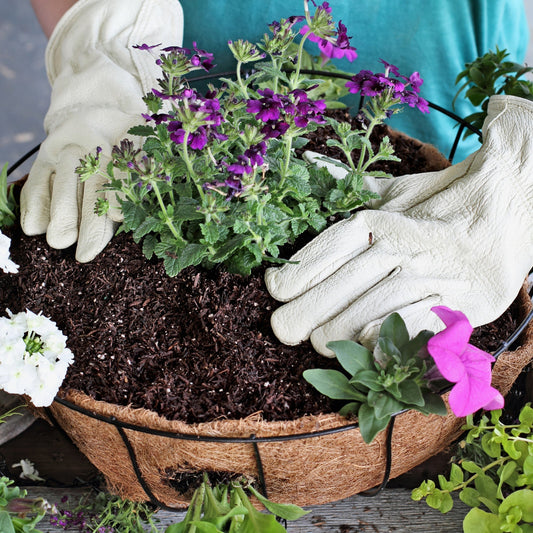
Vibrant Potted Annuals: Easy Planting with Eco-...
Read the articleAnnuals are easy to grow, and most bloom profusely all summer long. So, why not grow them in containers? Planting annuals in containers is a breeze when you follow the...
-

Tropical Flowering Plants: A touch of the exoti...
Read the articleLes plantes tropicales à fleurs ont tout pour faire tourner les têtes! Colorées, odorantes, généreuses, elles n’ont pas leur pareil pour égayer une aide de repos, un balcon, une terrasse....
-
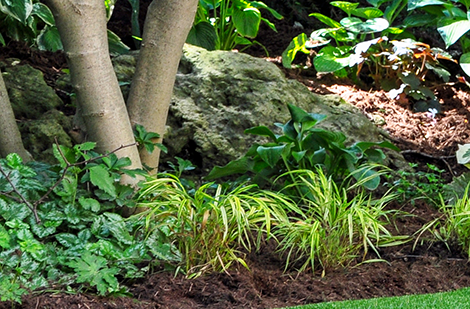
Shade-loving perennials, annuals, and shrubs
Read the articleSi vous recherchez plus de couleur et de texture, sachez que certaines vivaces, arbustes et conifères aiment beaucoup l’ombre.
-
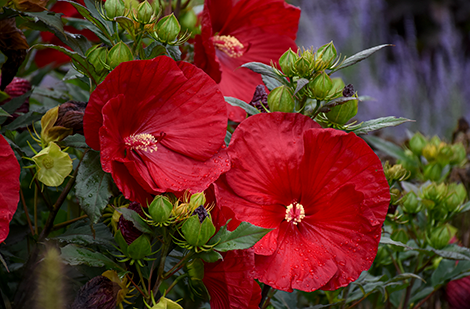
Hibiscus: charm’s the word for these tropical b...
Read the articleLes hibiscus sont une façon simple et rapide d’ajouter une touche d’exotisme dans la cour ou sur la terrasse. Offertes dans une panoplie de couleurs vibrantes, les immenses fleurs nous...
-
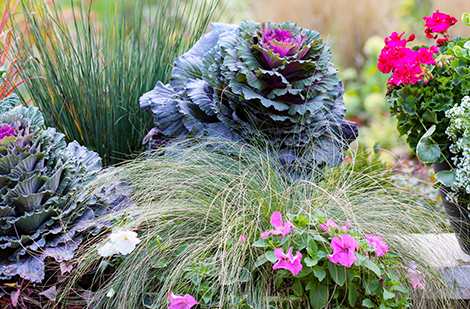
Growing ornamental grasses in a container
Read the articleSi les herbes ornementales sont devenues des incontournables au jardin, elles constituent également une tendance certaine pour la culture en pot. Elles peuvent répondre à une grande variété de besoins...
-
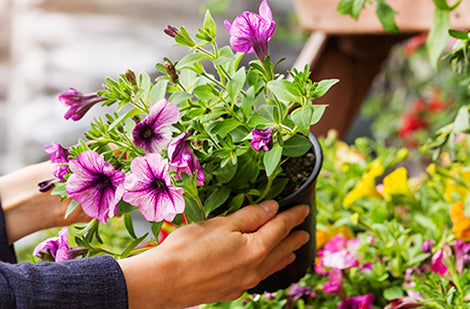
Choosing annuals for your planters
Read the articleLes annuelles se cultivent très bien en contenant et décorent les terrasses, les balcons et le patio. L'important est de choisir la bonne plante pour chaque emplacement et le bon...
